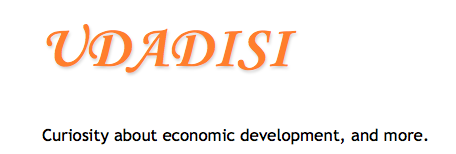When political scientists present empirical results, they are much more likely to use tables than graphs, despite the fact that graphs greatly increases the clarity of presentation and makes it easier for a reader to understand the data being used and to draw clear and correct inferences. Using a sample of leading journals, we document this tendency and suggest reasons why researchers prefer tables. We argue that the extra work required in producing graphs is rewarded by greatly enhanced presentation and communication of empirical results. We illustrate their benefits by turning several published tables into graphs, including tables that present descriptive data and regression results. We show that regression graphs emphasize point estimates and confidence intervals and that they can successfully present the results of regression models. A move away from tables towards graphs would improve the discipline’s com- municative output and make empirical findings more accessible to every type of audience.This is an example of regression results in graphical form:
May 26, 2014
Less tables and more graphs
Via David McKenzie I read this paper by Jonathan P. Kastellec and Eduardo L. Leoni.
Subscribe to:
Post Comments (Atom)


No comments:
Post a Comment